Imagine walking through a prehistoric landscape where colossal creatures tower above you, their massive jaws methodically grinding through endless carpets of colorful blooms. This isn’t science fiction – it’s the remarkable story of how flowering plants may have sparked one of the most dramatic evolutionary arms races in Earth’s history. The connection between the rise of angiosperms and the emergence of herbivorous giants represents one of paleontology’s most captivating mysteries, where botany meets behemoths in an ancient dance of adaptation and survival.
The Cretaceous Revolution That Changed Everything
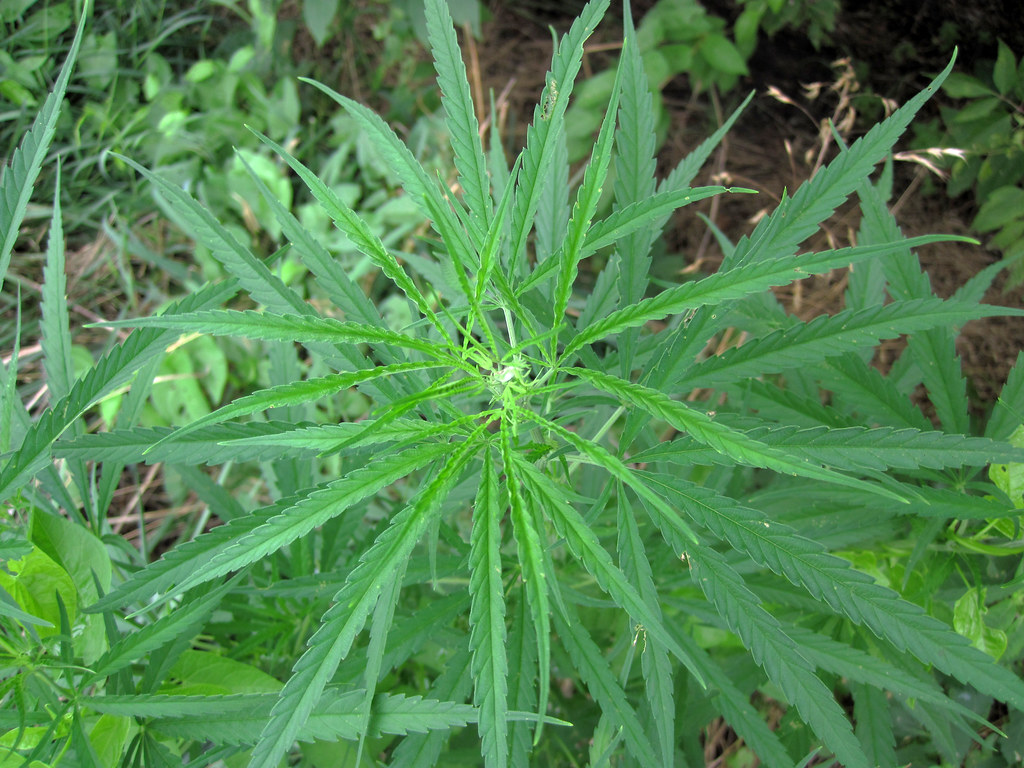
The Cretaceous period, spanning from 145 to 66 million years ago, witnessed what scientists call the “Cretaceous Terrestrial Revolution.” This wasn’t just another geological epoch – it was a complete transformation of life on Earth. Flowering plants exploded onto the scene with unprecedented diversity, fundamentally altering ecosystems that had remained relatively stable for millions of years.
Before this botanical revolution, the world was dominated by gymnosperms like conifers and cycads, along with ferns and mosses. These plants offered limited nutritional variety and were often tough, resinous, or toxic. The arrival of angiosperms introduced a smorgasbord of new food sources, from protein-rich seeds to sugar-laden fruits and tender leaves packed with nutrients.
This dramatic shift in plant life created what researchers call “ecological opportunity” – essentially, nature’s version of a gold rush. Herbivorous animals suddenly found themselves in a world where food was not only more abundant but also more diverse and nutritious than ever before.
When Giants Walked Among Flowers
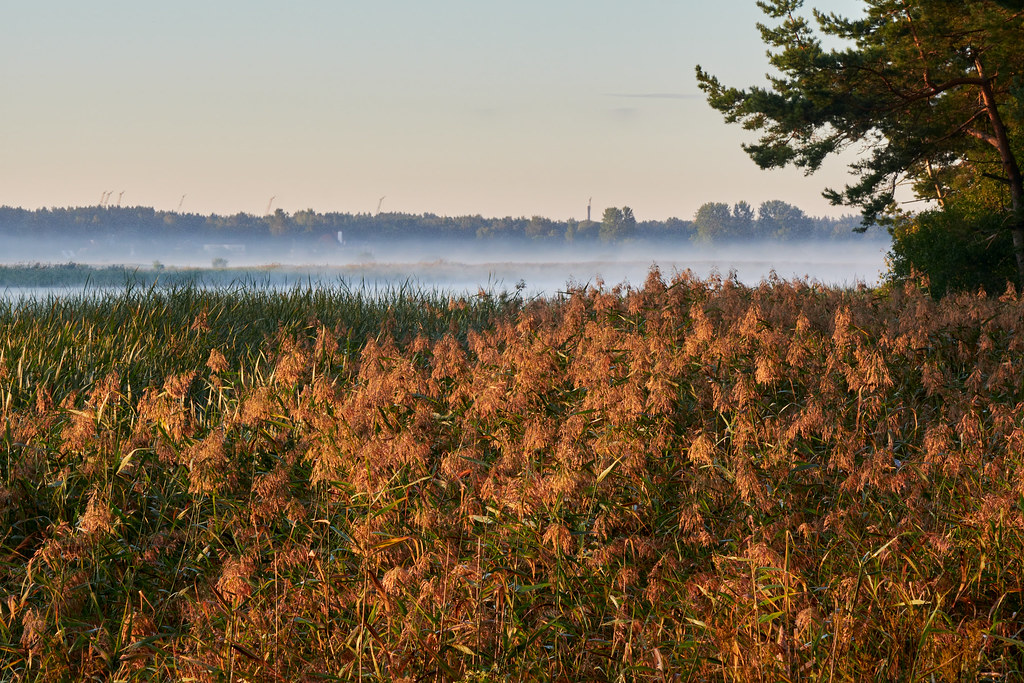
The timing couldn’t have been more perfect for the evolution of massive herbivores. As flowering plants carpeted the Earth, enormous creatures began to emerge across multiple continents. Sauropod dinosaurs reached their peak diversity during the Cretaceous, with species like Argentinosaurus stretching over 100 feet in length and weighing as much as 12 elephants combined.
But dinosaurs weren’t the only giants benefiting from this floral feast. Early mammals, though smaller than their modern descendants, began developing specialized teeth and digestive systems to process plant matter more efficiently. The stage was being set for the mammalian megafauna that would dominate the post-dinosaur world.
What’s particularly fascinating is how these giants seemed to appear almost simultaneously with the flowering plant explosion. This synchronicity suggests more than mere coincidence – it points to a direct evolutionary relationship between abundant, nutritious plant life and the ability to sustain massive body sizes.
The Nutritional Goldmine of Early Angiosperms
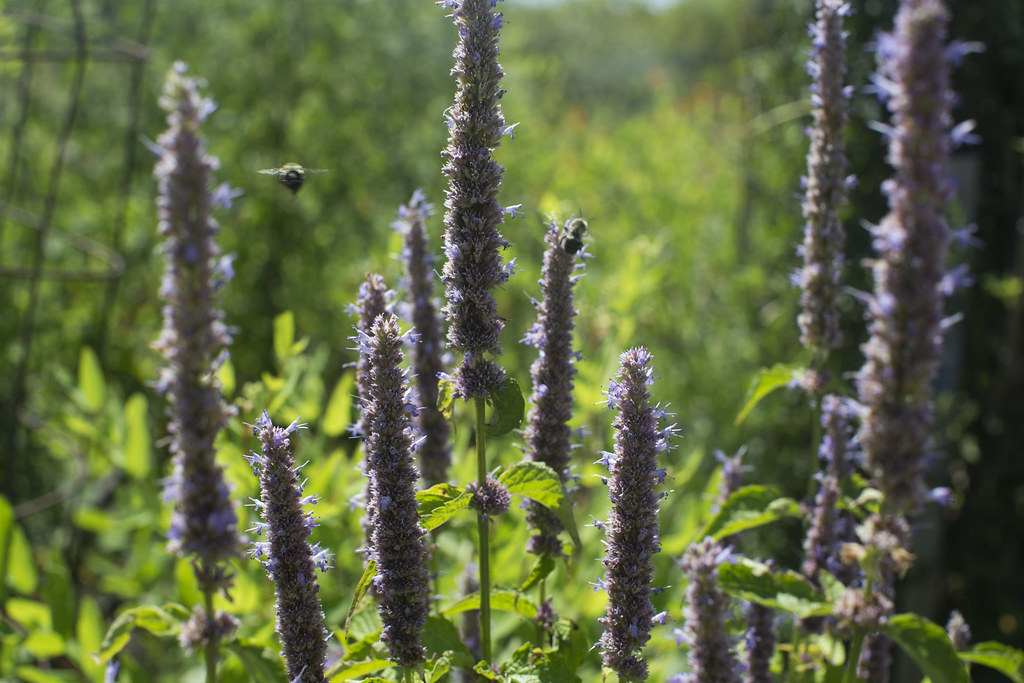
Flowering plants didn’t just offer more food – they offered better food. Unlike their predecessors, angiosperms developed fruits, nuts, and seeds that were specifically designed to be eaten. These structures represented concentrated packages of energy, proteins, and essential nutrients that could fuel the metabolic demands of large-bodied animals.
The leaves of flowering plants also proved superior to earlier vegetation. They contained higher levels of protein, were easier to digest, and often lacked the toxic compounds that made many gymnosperms unpalatable. This meant herbivores could extract more energy from less effort, a crucial advantage for animals trying to maintain enormous body sizes.
Perhaps most importantly, flowering plants introduced seasonal abundance through their reproductive cycles. Fruits and seeds provided periodic bonanzas of concentrated nutrition that could support rapid growth and energy storage – exactly what large herbivores needed to thrive.
Digestive Innovations That Enabled Gigantism
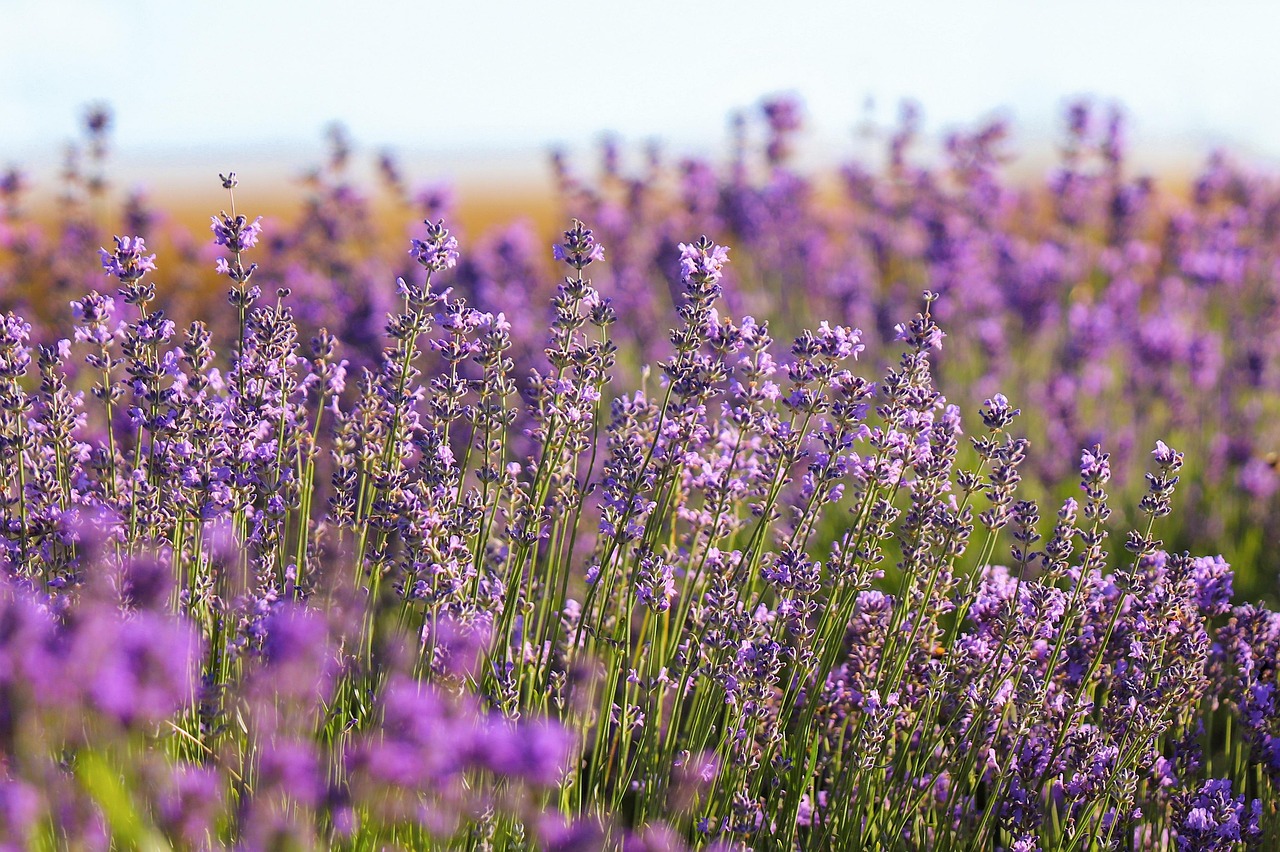
The abundance of flowering plants didn’t just provide more food – it drove remarkable innovations in digestive anatomy. Large herbivores evolved increasingly sophisticated gut systems to process plant material efficiently. Multi-chambered stomachs, extended intestinal tracts, and specialized microbial communities all emerged as solutions to the challenge of extracting maximum nutrition from plant matter.
These digestive innovations created a feedback loop with body size. Larger animals could house more complex digestive systems, which allowed them to process more plant material, which in turn supported even greater body sizes. It’s like upgrading from a compact car to a freight train – suddenly, you can carry exponentially more cargo.
The fossil record reveals increasingly elaborate dental structures during this period, with some herbivores developing batteries of hundreds of teeth specifically adapted for grinding plant material. These evolutionary innovations represent millions of years of fine-tuning to maximize the nutritional benefits of the flowering plant revolution.
The Coevolutionary Dance Between Plants and Herbivores
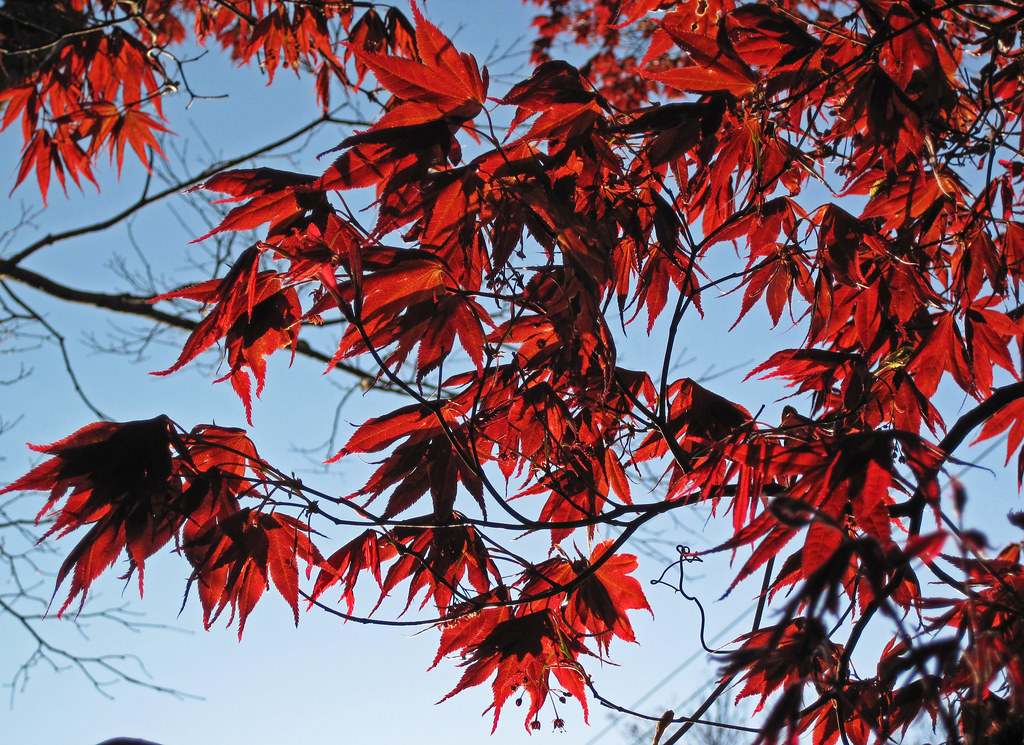
As herbivores grew larger and more efficient at eating plants, flowering plants faced new evolutionary pressures. This triggered a fascinating arms race where plants developed increasingly sophisticated defenses while herbivores evolved counter-strategies to overcome them. The result was an accelerating cycle of evolutionary innovation on both sides.
Some plants responded by developing thorns, tough bark, or toxic compounds to deter herbivores. Others took the opposite approach, essentially “bribing” animals with nutritious rewards in exchange for seed dispersal services. This coevolutionary dance created the incredible diversity of plant-animal relationships we see today.
The fossil evidence suggests this process was particularly intense during the Cretaceous, with rapid evolutionary changes occurring on both sides of the plant-herbivore divide. It’s a reminder that evolution isn’t just about individual species adapting to their environment – it’s about entire ecosystems reshaping themselves through countless interconnected relationships.
Sauropods: The Ultimate Flowering Plant Harvesters
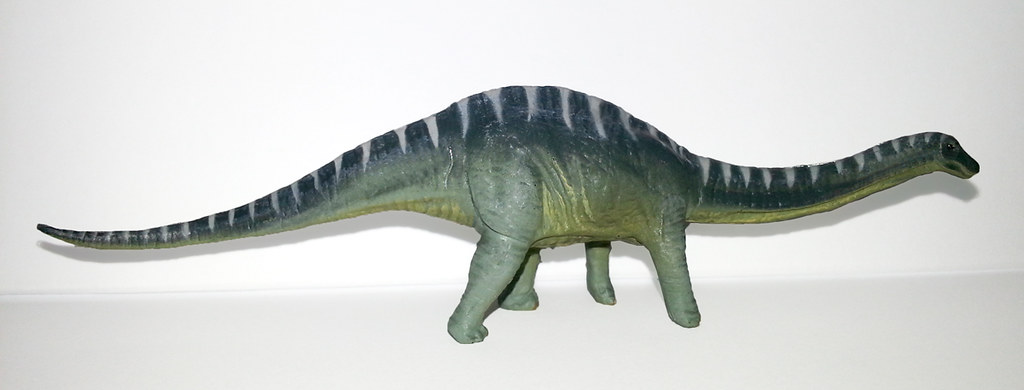
No discussion of herbivorous giants would be complete without examining the sauropods – the largest land animals ever to walk the Earth. These magnificent creatures reached their evolutionary peak during the Cretaceous period, precisely when flowering plants were diversifying rapidly. This timing suggests a direct connection between plant innovation and dinosaur gigantism.
Sauropods possessed remarkably efficient feeding strategies that allowed them to process enormous quantities of plant material. Their long necks functioned like biological cranes, enabling them to reach vegetation at multiple heights without moving their massive bodies. When combined with the nutritional richness of flowering plants, this feeding strategy could support truly colossal body sizes.
Recent research has revealed that different sauropod species specialized in feeding at different heights and on different types of vegetation. This niche partitioning allowed multiple giant species to coexist in the same ecosystems, each exploiting different aspects of the flowering plant bounty.
The Mammalian Response to Botanical Abundance
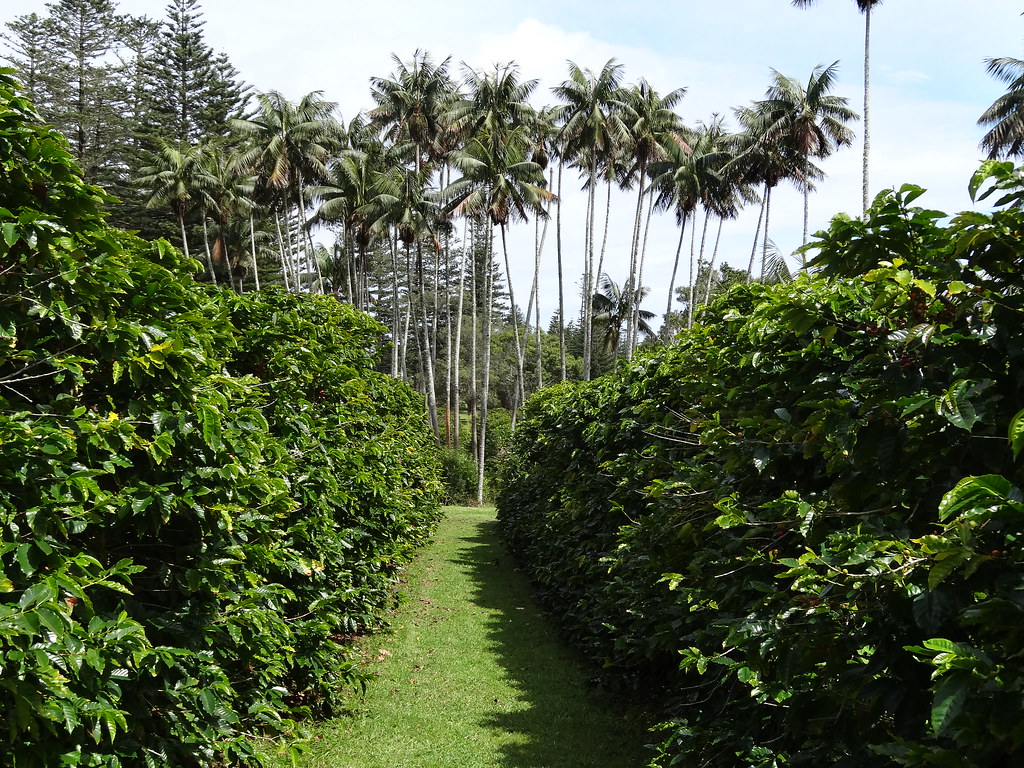
While dinosaurs dominated the Cretaceous landscape, early mammals were also adapting to the flowering plant revolution in their ways. Though much smaller than their dinosaur contemporaries, these mammals developed increasingly sophisticated teeth and digestive systems for processing plant matter. They were essentially preparing for their post-dinosaur moment in the spotlight.
The extinction event that ended the Cretaceous period eliminated the dinosaurs but left flowering plants largely intact. This created an unprecedented opportunity for mammals to expand into vacant ecological niches. The stage was set for the age of mammalian megafauna, when creatures like giant ground sloths, massive rhinoceroses, and enormous elephants would rule the Earth.
The evolutionary innovations that early mammals developed during the Cretaceous – improved digestion, specialized teeth, and enhanced metabolism – became the foundation for the spectacular radiation of large mammals that followed. In essence, flowering plants had pre-adapted mammals for their future role as the dominant large herbivores.
Island Gigantism and Floral Abundance
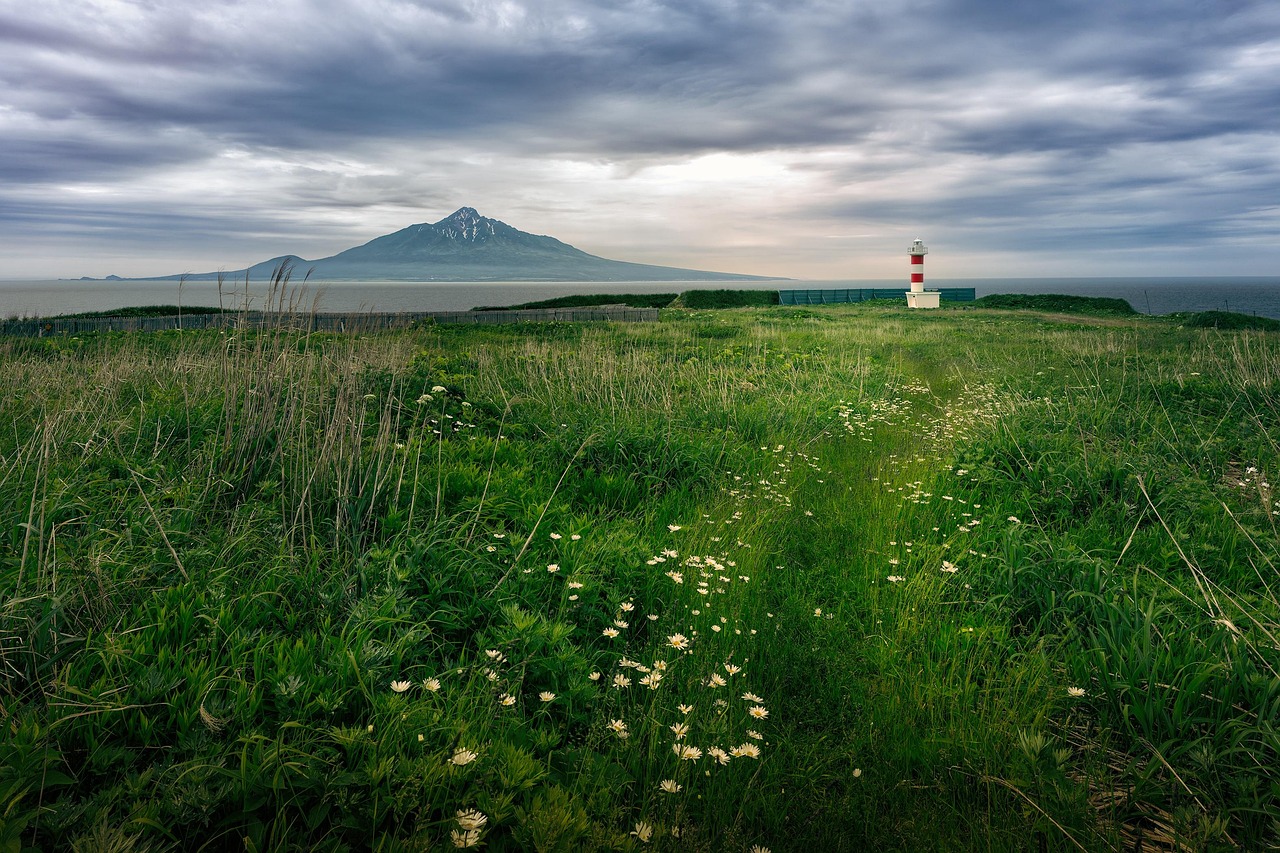
Some of the most striking examples of plant-driven gigantism come from island environments where flowering plants created unique evolutionary opportunities. Islands often lack large predators, removing one of the primary constraints on herbivore body size. When combined with abundant flowering plant resources, this creates perfect conditions for the evolution of giants.
The extinct elephant birds of Madagascar, flightless giants that stood over 10 feet tall, thrived in forests dominated by flowering plants. Similarly, the massive moas of New Zealand evolved in ecosystems where flowering plants provided abundant food sources. These island giants demonstrate how flowering plants can fuel remarkable evolutionary transformations even in isolated environments.
Modern examples like the Galápagos tortoise continue this pattern, with different islands producing different-sized populations based on the availability and types of flowering plants. It’s a living laboratory for understanding how plant resources drive the evolution of body size in herbivores.
The Role of Seasonal Abundance in Size Evolution
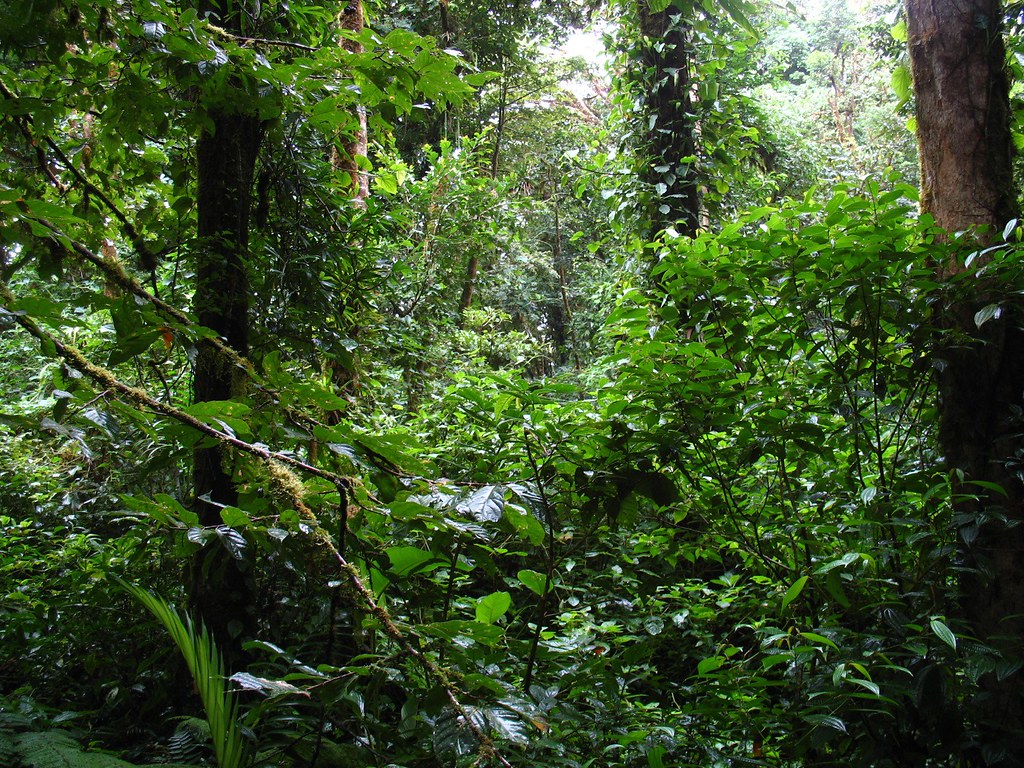
One of the most significant contributions of flowering plants to herbivore gigantism was the introduction of seasonal abundance. Unlike the relatively constant food sources provided by gymnosperms and ferns, flowering plants created boom-and-bust cycles of resource availability. This seasonal variation favored the evolution of large body sizes as a survival strategy.
Large animals can store more energy during abundant periods and survive longer during lean times. This “storage tank” effect of large body size became particularly advantageous in ecosystems dominated by flowering plants with their seasonal reproductive cycles. It’s similar to how a large car can travel farther on a full tank of gas; size provides resilience against resource fluctuations.
The fossil record shows that many herbivorous giants developed specialized adaptations for seasonal feeding, including enlarged digestive organs and enhanced fat storage capabilities. These features allowed them to make the most of fthe lowering plant abundance while surviving the inevitable lean periods.
Chemical Warfare and Evolutionary Arms Races
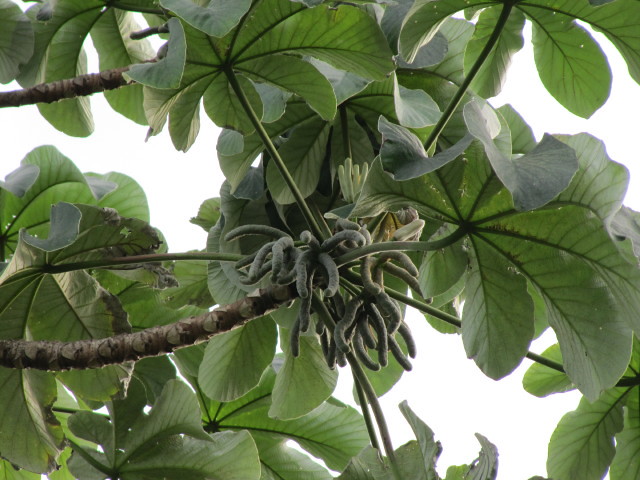
The relationship between flowering plants and herbivorous giants wasn’t always peaceful. As plants evolved more sophisticated chemical defenses, herbivores developed increasingly impressive detoxification abilities. This chemical arms race drove the evolution of larger body sizes as a strategy for diluting plant toxins and housing more complex detoxification systems.
Large herbivores could consume greater quantities of mildly toxic plants without suffering ill effects, while smaller animals might be poisoned by the same meal. This gave giants a significant advantage in accessing plant resources that were off-limits to smaller competitors. It’s like having a bigger dilution tank for processing potentially harmful substances.
The fossil evidence suggests that this chemical warfare was particularly intense during the Cretaceous period, with both plants and herbivores rapidly evolving new strategies and counter-strategies. The result was an evolutionary spiral that pushed both sides toward greater complexity and, in the case of herbivores, often greater size.
Pollination Partnerships That Shaped Evolution
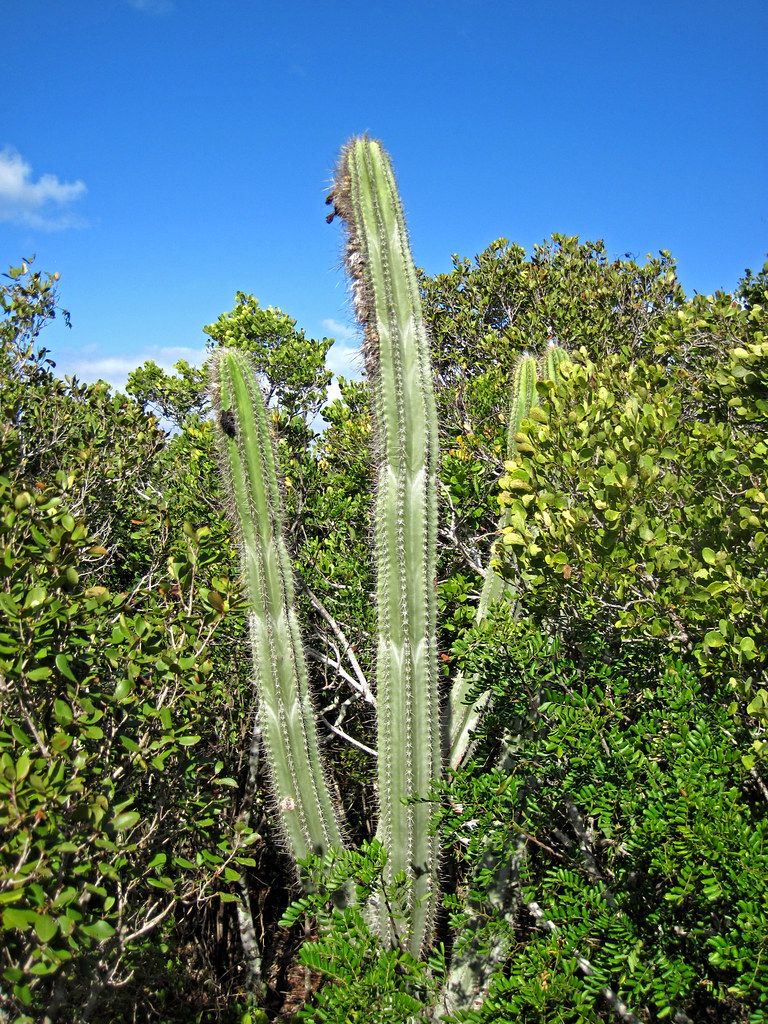
The most revolutionary aspect of flowering plants wasn’t just their food value – it was their partnership with animals for reproduction. These pollination relationships created entirely new evolutionary pressures that indirectly supported the evolution of herbivorous giants. Large animals became essential partners in plant reproduction, leading to coevolutionary relationships that benefited both sides.
Some flowering plants evolved specifically to attract large herbivores as pollinators or seed dispersers. These plants invested heavily in producing large, nutritious flowers, fruits, or seeds that could satisfy the appetite of giant animals. In return, the animals provided pollination and seed dispersal services that allowed plants to spread across vast landscapes.
This mutualistic relationship created a positive feedback loop where plants that better supported large herbivores were more successful at reproduction, while herbivores that could efficiently process flowering plant resources grew larger and more successful. It’s a partnership that shaped the evolution of both groups.
The Extinction Connection: Why Giants Disappeared
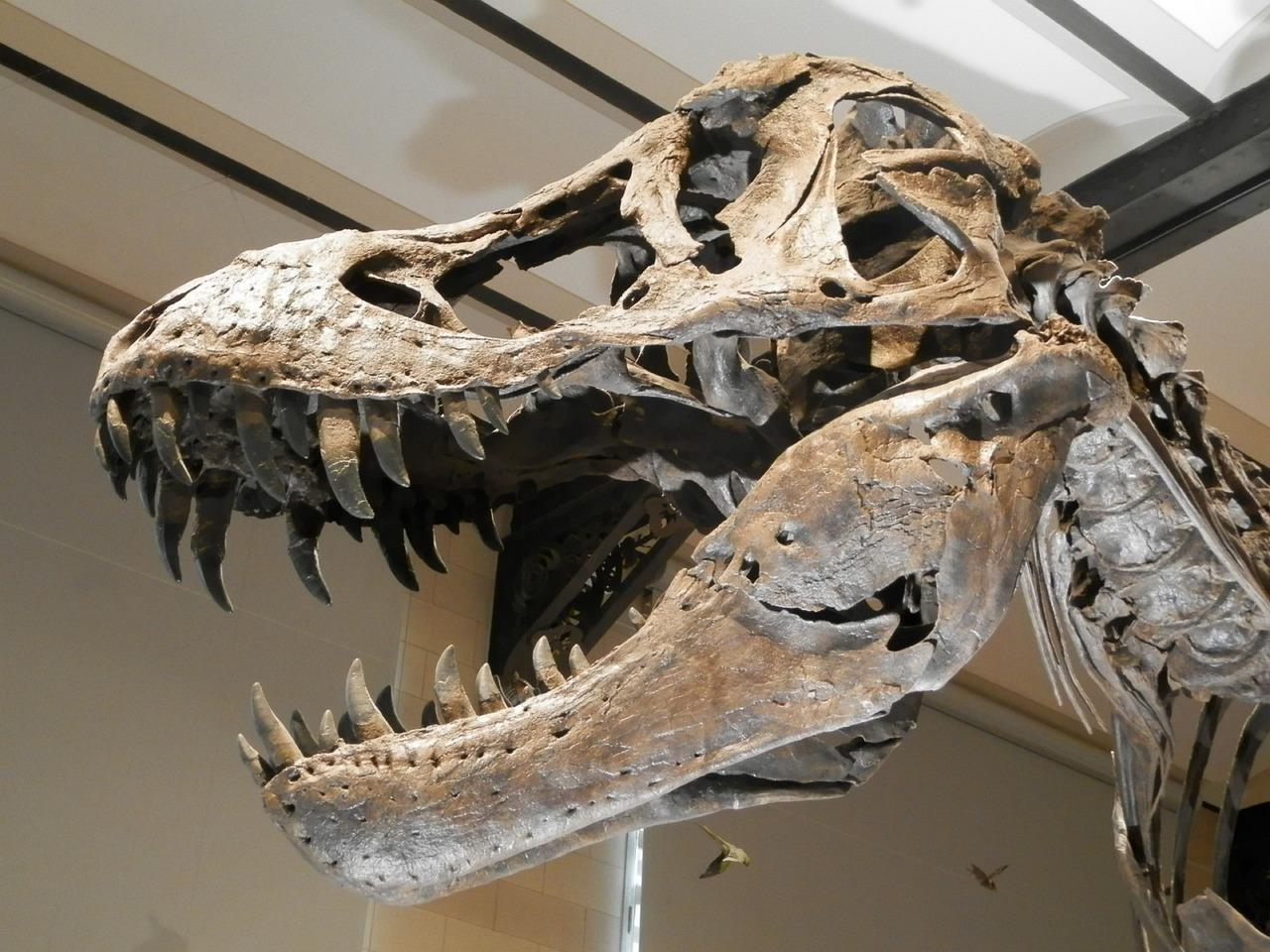
The same flowering plants that fueled the evolution of herbivorous giants may have also contributed to their downfall. As plant communities became more complex and specialized, they also became more vulnerable to disruption. When climate change or other catastrophic events altered plant communities, the giants that depended on them were left without adequate resources.
The end-Cretaceous extinction event that eliminated the dinosaurs also dramatically altered plant communities worldwide. Many flowering plant species went extinct, leaving surviving herbivores with fewer and less diverse food sources. This resource bottleneck may have contributed to the disappearance of many giant species that couldn’t adapt to the new conditions quickly enough.
Later extinction events, including the Pleistocene megafauna extinctions, show similar patterns where changes in plant communities preceded the disappearance of large herbivores. It’s a sobering reminder that the same evolutionary forces that create giants can also lead to their demise when environmental conditions change rapidly.
Modern Echoes of Ancient Partnerships
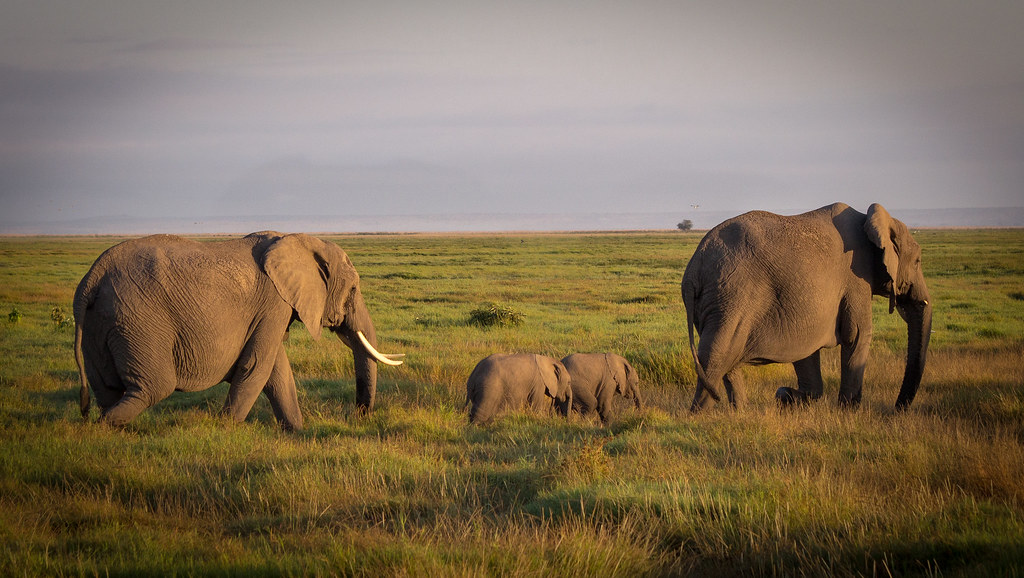
Today’s largest herbivores still demonstrate the profound influence of flowering plants on body size evolution. African elephants, the largest living terrestrial mammals, depend heavily on flowering plants for nutrition and actively shape plant communities through their feeding behaviors. This modern example provides insights into how ancient giants might have interacted with their plant resources.
Conservation biologists now recognize that protecting large herbivores requires understanding their relationships with flowering plants. The loss of key plant species can have cascading effects on herbivore populations, just as the loss of large herbivores can dramatically alter plant communities. These ecological connections stretch back millions of years to the original flowering plant revolution.
Climate change and habitat destruction are once again altering plant communities worldwide, raising questions about the future of remaining large herbivores. Understanding the ancient partnerships between flowering plants and herbivorous giants provides crucial insights for conservation efforts aimed at preserving these relationships for future generations.
Conclusion

The story of flowering plants and herbivorous giants reveals one of evolution’s most spectacular success stories – a partnership that reshaped life on Earth. From the Cretaceous sauropods that browsed the first flowering forests to the modern elephants that continue these ancient relationships, the connection between plant innovation and animal gigantism has been a driving force in evolutionary history. As we face unprecedented changes in plant communities worldwide, this ancient partnership reminds us that the fate of giants has always been intertwined with the flowers beneath their feet. What lessons might these prehistoric partnerships teach us about preserving the remaining giants of our modern world?



